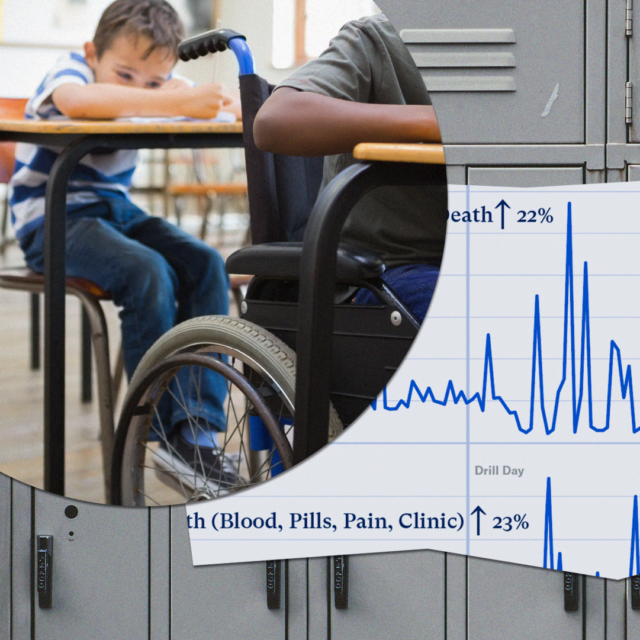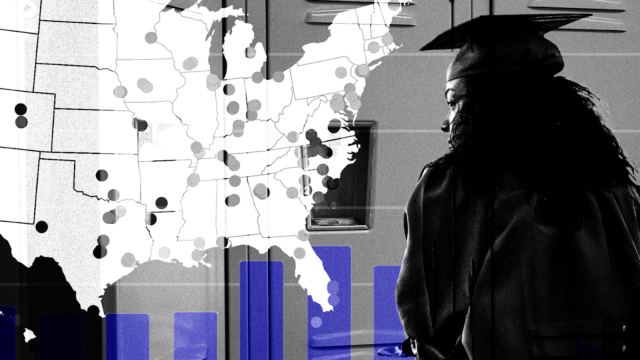Threat Identification and Assessment Programs in Schools
Threat Identification and Assessment Programs in Schools
What does this solve?
The most important thing that schools can do to prevent active shooter incidents—and gun violence overall—is to intervene before a person commits an act of violence. Threat assessment and identification programs allow schools to intervene to address potential violent behavior.
Threat assessment programs help keep guns out of schools. These programs help schools identify students who are at risk of committing violence and resolve these incidents by getting the students the help they need. Effective programs work to identify threats, determine if a student has access to guns, and ensure that there are enough professionals available to provide students with mental health services. Threat assessment programs are a critical part of comprehensive school safety plans.
Featured Resources

The Impact of Active Shooter Drills in Schools
Since the 1999 Columbine shooting, active shooter drills have proliferated in America’s school systems at an exponential rate.

Keeping Our Schools Safe: A Plan for Preventing Mass Shootings and Ending All Gun Violence in American Schools
The failure of our leaders to address the root causes of school gun violence is having lasting consequences for millions of children.
All Resources
Threat Identification and Assessment Programs in Schools
All Resources
Gun Violence Is Down in Our Cities. Why Not Also in Our Schools?
Report
Arming Teachers Introduces New Risks Into Schools
Introduction During the 2023–2024 school year, there were 49 deaths from gunfire on US school grounds and an additional 116 injuries.
Fact Sheet
How Can We Prevent Gun Violence in American Schools?
School leaders and policymakers must support and implement strong gun safety laws and school-based interventions.
Fact Sheet
Cómo detener los tiroteos y la violencia armada en las escuelas: Un plan para mantener seguros a los estudiantes
Necesitamos acciones significativas para mantener nuestras escuelas y las comunidades circundantes seguras en los Estados Unidos.
Report
How To Stop Shootings and Gun Violence in Schools: A Plan to Keep Students Safe
We need meaningful actions to keep our schools safe, actions that address what we know about gun violence in America’s schools.
Report
The Rise of Firearm Suicide Among Young Americans
Firearm suicide is having a devastating impact on American youth, particularly during COVID-19. But suicide can be prevented.
Report
The Danger of Guns on Campus
Guns on campus are likely to lead to more shootings, homicides, and suicides, and they’re unlikely to prevent mass shootings.
Fact Sheet
Gunfire on School Grounds
Since 2013, Everytown has tracked incidents of gunfire on school grounds to learn how often youth are affected by gun violence.
Data Tracker
Fatal Gaps
Progress Toward a Stronger Background Check System More than ten years after the Virginia Tech shooting, progress in closing the gaps in state mental…
Report
